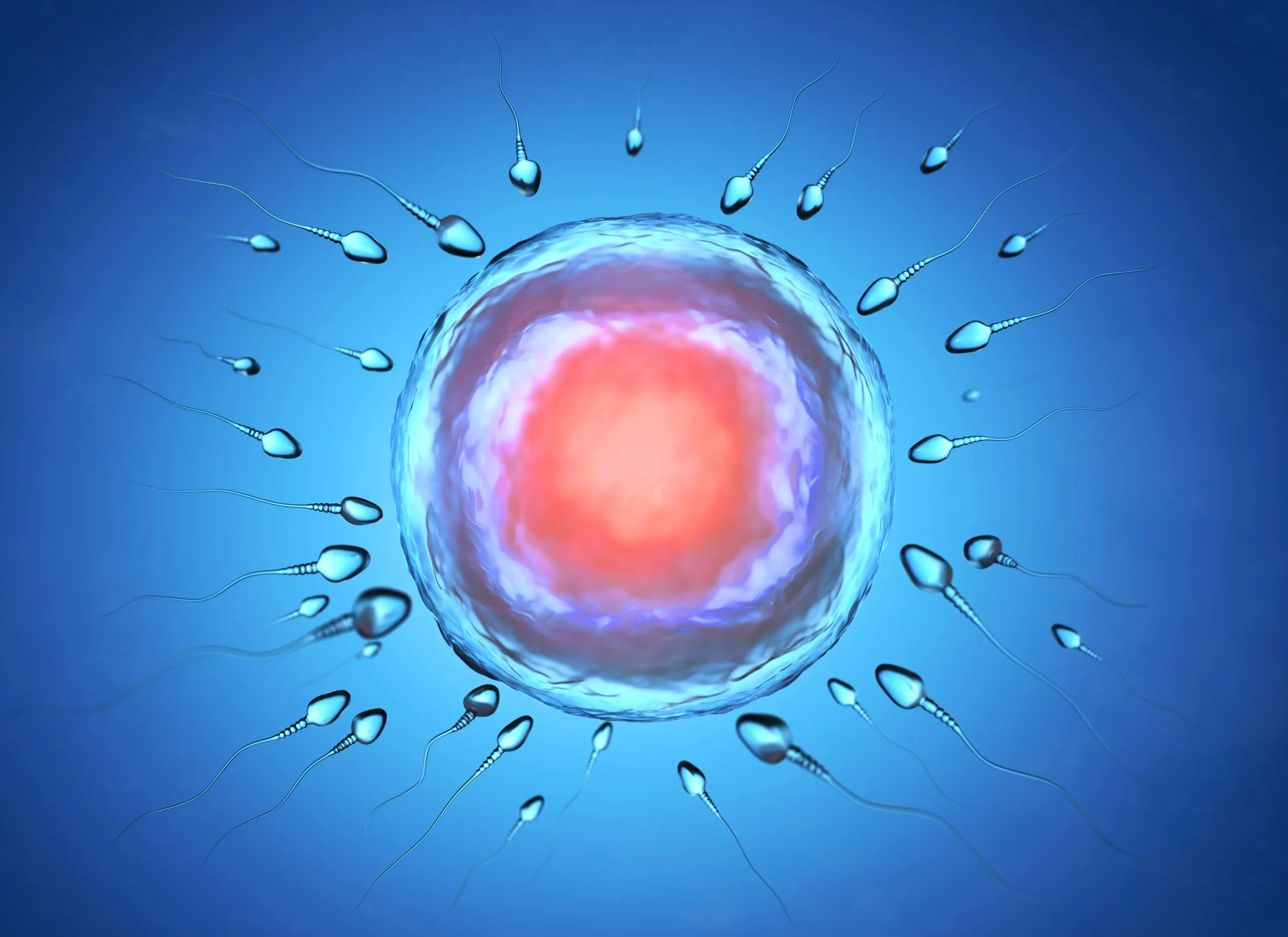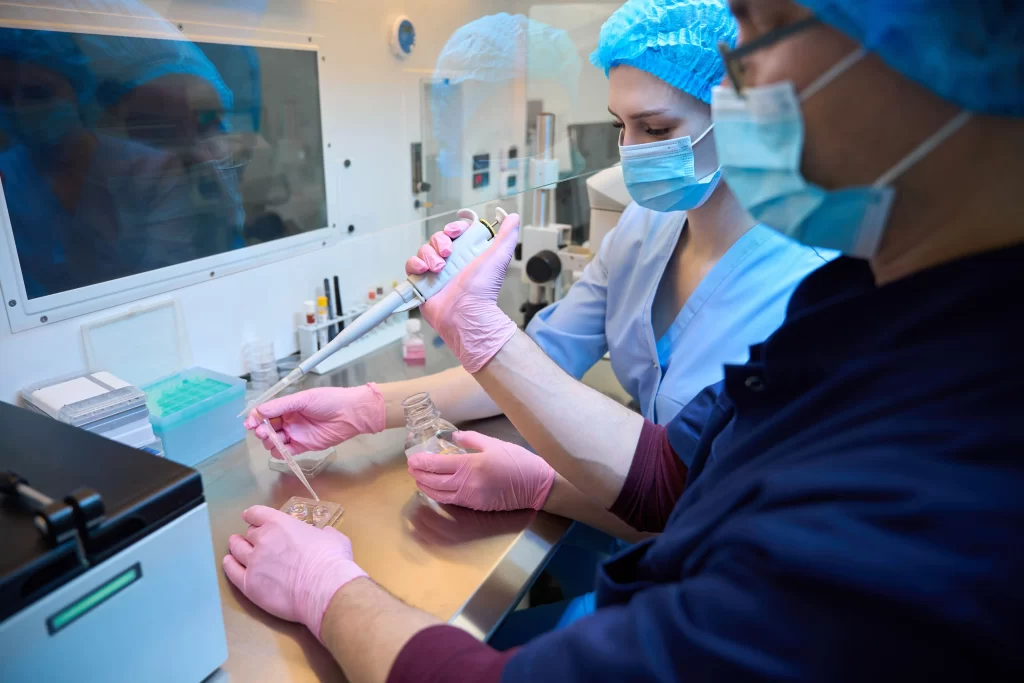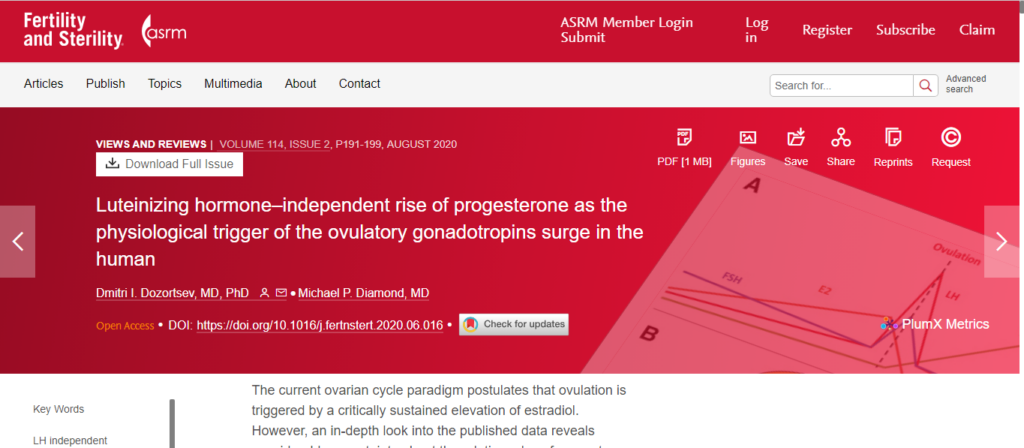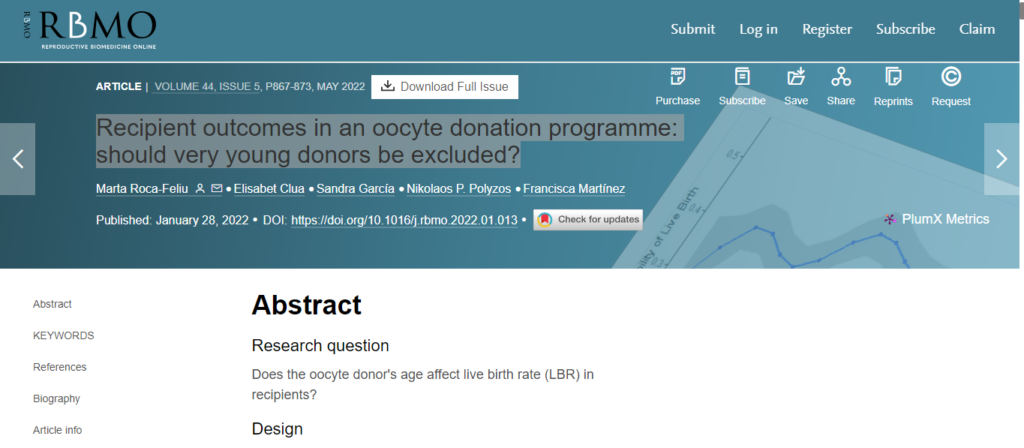Leading IVF Doctors in Houston, Texas
Why Choose the Advanced Fertility Center of Texas for IVF?

Advanced Fertility Clinic of Texas has been recognized among America’s Best Fertility Clinics for its expertise and commitment to personalized care. Our center stands out due to our commitment to combining pioneering technology with compassionate, patient-centered care.
AFCT, led by double board-certified Reproductive Endocrinologist and Infertility Specialist Dr. Michael Allon since 1999, works closely with Omni Med Laboratories, led by our esteemed Lab Director Dr. Dmitri Dozortsev.
In partnership with Lisanne Wellness Center, which specializes in fertility wellness services that prepare the body for conception and enhance egg quality, our approach at Advanced Fertility Center of Texas is focused on helping families grow through the most advanced fertility science available. Whether you’re experiencing blocked fallopian tubes, unexplained infertility, male factor infertility, or age-related fertility issues, our team is dedicated to offering personalized IVF treatment tailored to your unique needs.
We take a compassionate, patient-centered approach to IVF treatment. Our team of specialists is experienced in addressing a wide range of fertility challenges, providing advanced IVF care in a comfortable, state-of-the-art environment. With locations in Houston, The Woodlands, and College Station, Texas, as well as services for out-of-state patients, we are committed to supporting you at every stage of your fertility journey.
Equipped with the latest technology and guided by cutting-edge research, we focus on delivering the best possible outcomes. Under the leadership of Dr. Dmitri Dozortsev, a renowned expert in embryology, our team is dedicated to maximizing your IVF success while minimizing risks, ensuring the highest level of care throughout your treatment.
Why Choose the Advanced Fertility Center of Texas for IVF?

- Nationally Recognized:
- Named among America’s Best Fertility Clinics and ranked #1 in Texas for three consecutive years.
- Trusted Expertise:
- Led by double board-certified fertility specialist Dr. Michael Allon since 1999.
- State-of-the-Art IVF Lab:
- Our in-house Omni Med Laboratory is directed by Dr. Dmitri Dozortsev — pioneer of ICSI in the U.S.
- Whole-Body Approach
- Integrated with Lisanne Wellness Center for fertility-focused wellness and nutrition.
- Convenient Access:
- Three locations across Texas (Houston, The Woodlands, College Station) and Telemed for out-of-state patients.
- Tailored for Complex Cases:
- Specialized IVF protocols for low AMH, failed cycles, thin endometrium, and male infertility.
Who Might Consider IVF?
IVF may be recommended for individuals or couples experiencing:
- Low Ovarian Reserve or Diminished (AMH)
- Blocked Fallopian Tubes
- Endometriosis
- Hormonal imbalances, irregular ovulation, and Polycystic Ovary Syndrome (PCOS)
- Male factor fertility issues, including sperm quality and microbiome support Vasectomy
- Advanced Maternal Age
- Unexplained Infertility
- Recurrent Pregnancy Loss
- Recurrent implantation failure or multiple failed IVF cycles
- Thin endometrial lining or fluid in the uterine cavity
- Ovarian rejuvenation therapies (select cases only; evaluation required)
- Genetic Conditions (PGT-A, PGD)
- LGBTQ+ Family Building
- Fertility Preservation (Egg or Embryo Freezing)
- Third-Party Reproduction (Donor Eggs, Sperm, or Surrogacy)
Individualized Treatment Planning
- Personalized IVF protocols tailored to your ovarian reserve, cycle history, and overall health
- Integrative support for egg quality, implantation success, and inflammation reduction
- Intralipids, Ovarian Rejuvenation, advanced lab insights, and reproductive immunology may be incorporated when appropriate
- Nutritional and lifestyle optimization through our partnership with Lisanne Wellness Center, including targeted supplements, anti-inflammatory nutrition, and egg quality support plans for both men and women
- Access to our in-house egg donor program and secure matching platform
We do not treat based on trends — we treat based on you.
Why Do Patients Choose IVF?
In Vitro Fertilization (IVF) is a highly effective assisted reproductive technology (ART) that helps individuals and couples conceive when other methods fail. Common reasons why patients turn to IVF include:
- Infertility After 6 Months of Trying
- Blocked Fallopian Tubes
- Unexplained Infertility
- Polycystic Ovary Syndrome (PCOS)
- Endometriosis
- Preimplantation Genetic Diagnosis (PGD)
- Recurrent Miscarriages with Genetic Etiology
- Male Factor Infertility
- Male Vasectomy
- Failed Ovulation Induction Therapies
- Advanced Maternal Age
- Low Ovarian Reserve (Low AMH)
- Donor Egg Cycles
- Third-Party Parenting
- LGBTQ+ Family Building
- Surrogacy
- Same-Sex Couples
- Donor Sperm
- Egg Preservation
What Is IVF?
In Vitro Fertilization (IVF) is a process where eggs are retrieved from the ovaries, fertilized in the lab with sperm, and carefully monitored until embryos are ready to be transferred back into the uterus. IVF allows us to bypass common fertility challenges and optimize every step from egg to embryo.

The IVF process at Advanced Fertility Center of Texas involves several steps.
- Step One: Ovarian Stimulation - Fertility medications are used to stimulate the ovaries to produce multiple eggs.
- Step Two: Egg Retrieval - Mature eggs are collected from the ovaries under sedation.
- Step Three: Fertilization - The eggs are fertilized in the lab using sperm from the partner or a donor.
- Step Four: Embryo Culture - The fertilized embryos are cultured for 3-5 days and assessed for quality.
- Step Five: Embryo Transfer - A healthy embryo is transferred into the uterus, with a pregnancy test performed about two weeks later.

IVF Treatment Process: What to Expect
Our IVF doctors at the Advanced Fertility Clinic of Texas take you through each step of the IVF treatment process, ensuring you feel informed and supported every step of the way. Here’s an overview of the typical IVF journey.
Step 1: Initial Consultation
Your journey with in vitro fertilization (IVF) begins with an in-depth consultation with a skilled and experienced IVF specialist located in Houston, Spring, and The Woodlands, Texas. During this consultation, we assess your health history and discuss your fertility concerns and design a personalized treatment plan. We understand that convenience is key, which is why we have three easily accessible locations to serve you.
Our Locations
- Along Katy Freeway near Memorial City
- The Woodlands/Spring area
- College Station
- Out of State: If you’re unable to visit in person, we offer virtual consultations via Telemed so you can receive professional advice from home.
Step 2: Baseline Ultrasound for IVF
A baseline ultrasound is an initial step in each IVF cycle. This procedure checks for cysts on the ovaries. By ensuring there are no cysts, the ultrasound confirms that you are ready to begin your treatment.
Step 3: Ovarian Stimulation with Gonadotropins
You will start hormone injections to help your ovaries make more eggs. We will do regular blood tests and follicular ultrasounds to check your progress. Our fertility team in Texas will adjust your medication based on these results to increase your chances of success with IVF. Hormones include Follicle Stimulating Hormone (FSH), Estradiol (E2), Progesterone (P4), and Luteinizing Hormone (LH). Information from ultrasounds, medication management, and hormone blood tests helps us create a plan to boost your success in addition many of our patients follow a Fertility-Focused Wellness plan.
Step 4: hCG Trigger Shot
The hCG trigger shot is important for getting ready for egg retrieval. When your eggs are mature, you will receive instructions. This injection completes the maturation of your eggs, making sure they are fully developed and ready for collection. It prepares for a successful egg retrieval, a key part of many fertility treatments. Generally, the egg retrieval is planned about 36 hours after the injection.
Step 5: IVF Egg Retrieval
To keep you comfortable during the egg retrieval procedure, you will receive sedation through general anesthesia. The procedure is fairly straightforward and usually takes 20 to 30 minutes. During this time, your doctor will use a special needle, with the help of ultrasound, to gently collect mature eggs from your ovaries. This procedure takes place at our fertility clinic in Houston, Texas. Afterward, the eggs are given to the IVF laboratory for fertilization.
Step 6: Egg Fertilization and Embryo Culture
Eggs are collected and fertilized with sperm in our on-site, state-of-the-art Omni Med Laboratory in Texas, utilizing Intracytoplasmic Sperm Injection (ICSI) for optimal fertilization. This advanced technique involves injecting a single sperm directly into each mature egg, enhancing the chances of successful fertilization, especially in cases of male factor infertility. Notably, Dr. Dmitri Dozortsev is recognized as a pioneer in ICSI, being the first to introduce this groundbreaking technique to the United States. The embryos are cultivated for 3 to 5 days, while our skilled Embryology team carefully monitors them. Following this, they undergo cryopreservation, meaning they are frozen for use or transfer at a later time. Advanced techniques like genetic testing (PGT-A or PGD) can be performed during this stage to screen for genetic abnormalities or specific genetic diseases.
Step 7: Embryo Development and Transfer
At our clinic, we offer the advanced “Freeze All” method, a proven IVF strategy that significantly enhances your chances of a successful pregnancy. After egg retrieval, all embryos are frozen and preserved rather than transferred immediately. This approach allows your body to fully recover from the stimulation process, reducing the risk of complications like ovarian hyperstimulation syndrome (OHSS). By waiting until your body is in the best possible condition, we can transfer the healthiest embryos at the optimal time, improving the likelihood of a successful pregnancy. Our clinic uses the most advanced IVF techniques, combined with personalized care, to ensure you receive the best treatment tailored to your needs. With the “Freeze All” method, we give you the time and support necessary for the healthiest, most successful outcome possible.
The IVF Process (8 Key Steps)
1. Consultation & Testing
- Comprehensive fertility workup for both partners
- Hormone testing (FSH, AMH, estradiol), ultrasound, and semen analysis
- Genetic carrier screening and microbiome evaluation as appropriate
- Optional lifestyle-based tests: inflammation markers, Omega-3 index, and thyroid/adrenal support panels
2. Individualized Treatment Planning
- Personalized IVF protocol based on ovarian reserve, cycle history, and overall health
- Supportive therapies (e.g., Intralipids, Term Stimulation™, or lifestyle-based protocols) may be included
- Nutritional and lifestyle optimization through our partnership with Lisanne Wellness Center, including targeted supplements, anti-inflammatory nutrition, and egg quality support for both men and women
3. Ovarian Stimulation
- Medications prescribed to stimulate multiple follicle growth
- Dosing tailored to age, AMH, and prior cycle response
- Frequent labs and ultrasound monitoring at your local AFCT location
- Integrated with FOLLISCAN AI for improved follicle tracking and response precision
4. Egg Retrieval
- Outpatient procedure performed only at our Houston – Memorial City location under light sedation
- Eggs are immediately processed by the Omni Med Laboratory embryology team on-site
- Sperm sample collected (partner or donor), or frozen sample thawed
5. Fertilization & Embryo Culture
- ICSI (Intracytoplasmic Sperm Injection) performed when needed (e.g., male factor or PGT planning)
- Embryos cultured for 5–7 days to blastocyst stage
- Assisted hatching or extended culture performed if indicated
6. Genetic Testing (PGT)
- Optional PGT-A (for chromosomal screening) or PGT-M (for known inherited conditions)
- Only high-quality embryos are biopsied and cryopreserved for future use
7. Embryo Transfer
- Typically performed as a Frozen Embryo Transfer (FET)
- Uterine lining optimized through cycle prep and endometrial monitoring
- Single Embryo Transfer (SET) is standard unless multiple transfer is advised
8. Luteal Phase Support & Pregnancy Testing
- Progesterone and hormone support post-transfer
- Beta-hCG test 10–12 days after transfer
- If positive, early pregnancy ultrasound at 6–7 weeks gestation
Our IVF Expertise: Specialized Care for Every Journey
We specialize in providing advanced care for even the most complex fertility challenges. Our top IVF services that may be beneficial for those with complicated fertility issues include:
- Ovarian Rejuvenation Treatment (available for both in-state and out-of-state patients)
- Treatment for Fluid in the Uterine Lining to improve conditions before embryo transfer
- Thin Endometrial Lining solutions to optimize embryo implantation
- Addressing Failed IVF Cycles with personalized, targeted strategies
- Low Ovarian Reserve Support to improve egg quality and increase IVF success
- Vaginal Microbiome Testing and Treatment to promote a healthy environment for conception
- Male Microbiome Assessment to enhance sperm quality
- In-House TESE (Testicular Sperm Extraction) for male factor infertility
- Natural IVF and Minimal Stimulation IVF for a gentler approach
- Fertility-Focused Wellness programs to improve egg quality and overall reproductive health
We take a comprehensive, patient-centered approach to IVF, combining cutting-edge technology with holistic treatments to maximize your chances of success.

Fertility-Focused Wellness
We understand that wellness plays a crucial role in enhancing IVF outcomes. That’s why we’ve partnered with Lisanne Wellness Center to offer a comprehensive fertility-focused wellness program designed to improve your reproductive health and prepare your body for conception. Our integrated approach combines medical treatments with natural methods to boost egg quality, optimize nutrition, and promote emotional well-being, all of which are vital to increasing the chances of IVF success.
We work closely with you to create a personalized wellness plan that addresses nutrition, emotional support, and healthy lifestyle changes. Whether it’s acupuncture on the day of your embryo transfer or expert guidance on fertility nutrition, our holistic approach helps nurture your body for optimal fertility. By addressing both the physical and emotional aspects of your fertility journey, we help set you up for success. Our goal is to provide you with the most advanced IVF treatments and the supportive care you need, all in one convenient place, ensuring that you’re in the best possible health for your fertility journey.
Personalized IVF Treatment in Texas
Whether you are facing challenges such as blocked fallopian tubes, unexplained infertility, male factor infertility, or age-related fertility issues, our dedicated team is committed to offering personalized IVF treatment tailored to your unique needs. At AFCT, our fertility specialists provide comprehensive fertility care to address various fertility issues and help you achieve your dream of starting a family.
Your Journey to Parenthood Starts Here
We are committed to helping families grow with the most innovative IVF treatments available. Our experienced team is here to guide and support you on your journey to parenthood.
Ready to take the next step? Contact us today to schedule your consultation! We’re proud to offer the best fertility services across Texas, and we’re here to help you every step of the way.
During an IVF cycle, the physician and the embryologist have to strike a delicate balance between giving a patient the best chance of pregnancy while limiting the chance of multiple pregnancies.
IVF Innovations at AFCT
Our lab uses cutting-edge technology to enhance fertilization and implantation outcomes:
- ICSI: Intracytoplasmic Sperm Injection, pioneered by our own Dr. Dozortsev
- Freeze-All Protocols: Improves timing and outcomes
- Preimplantation Genetic Testing (PGT-A / PGD)
- Vitrification for Embryo Freezing



